Micronesian Islands
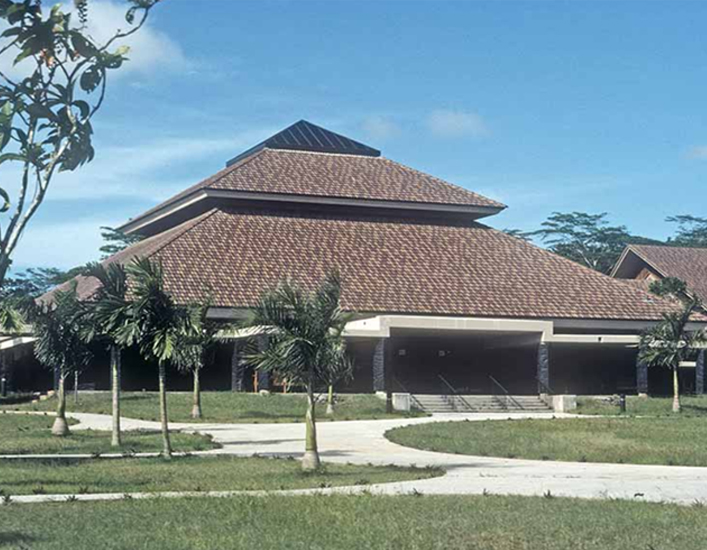
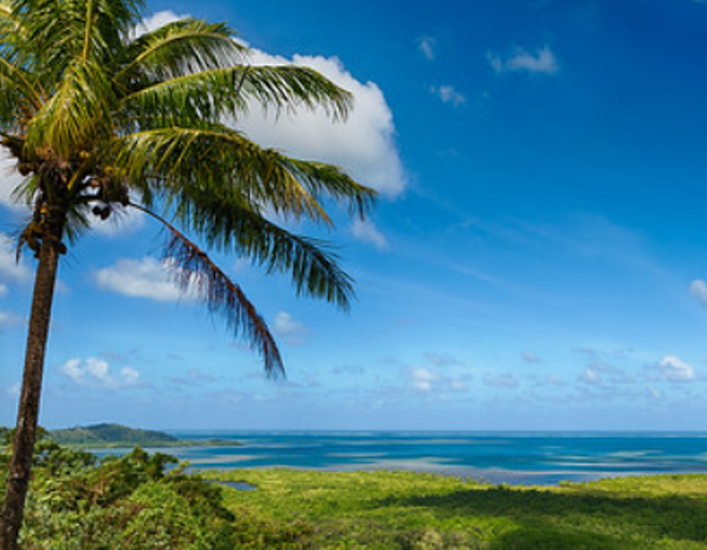
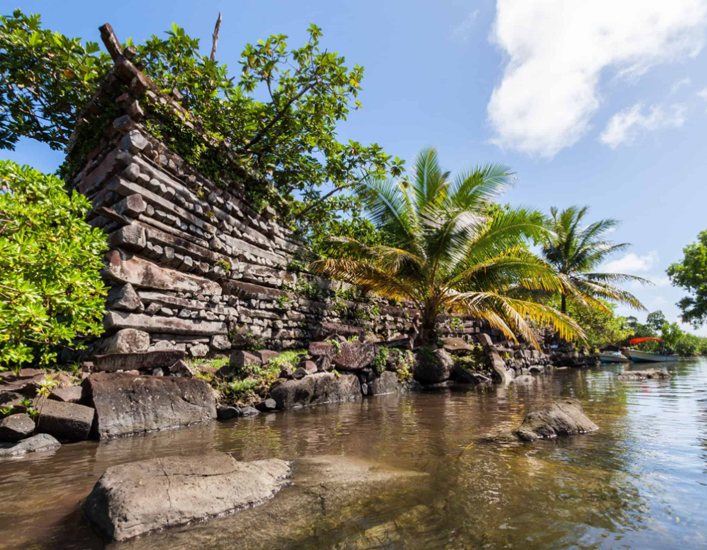
Federated States of Micronesia (FSM)

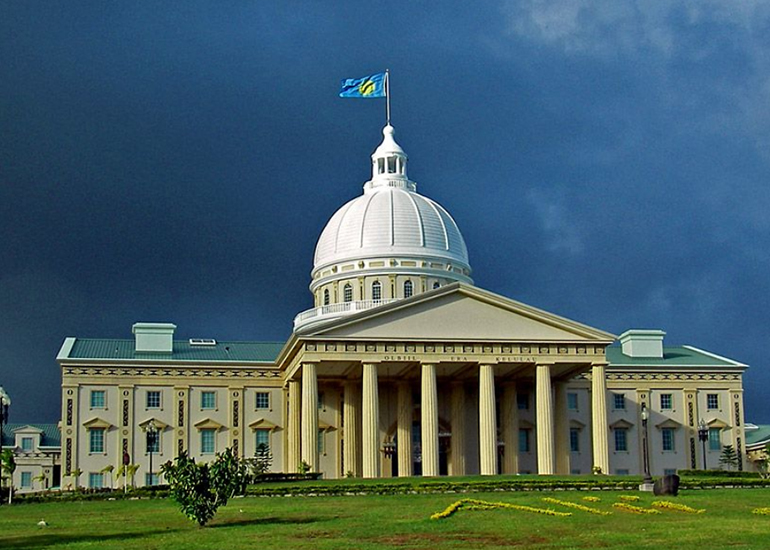
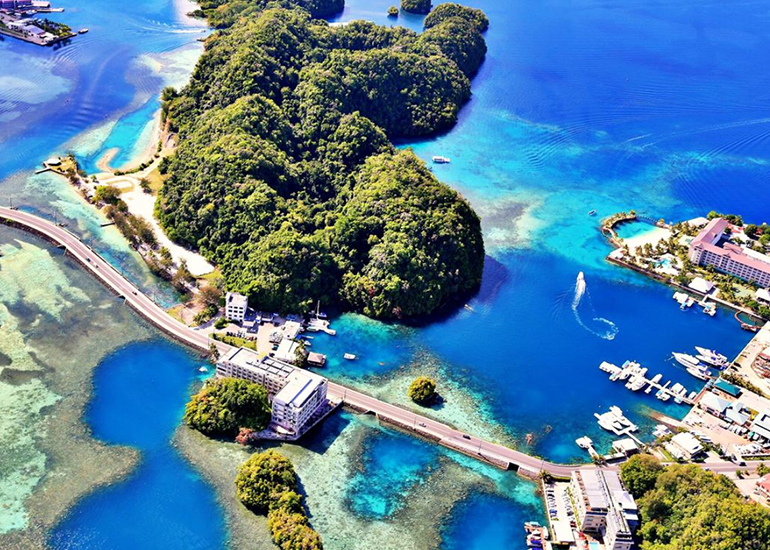
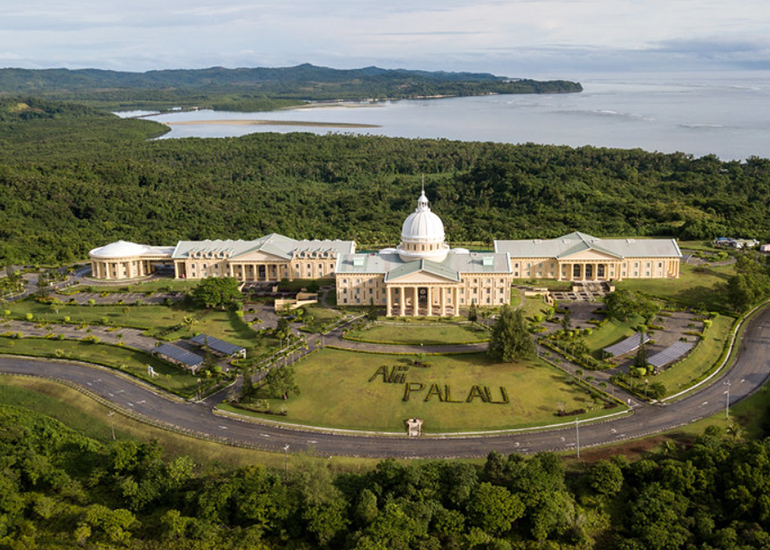
Palau

Palau, an archipelago of over 500 islands in the western Pacific Ocean,is a breathtaking oasis renowned for its pristine natural beauty andvibrant marine life. Home to the famous Rock Islands, UNESCO World Heritage Site, and the iconic Jellyfish Lake, Palau offers unparalleled opportunities for diving, snorkeling, and
Eco-adventures. Its rich cultural heritage, deeply rooted in Micronesian traditions, is evident inthe warmth of its people, who maintain strong connections to their land and sea. As a sovereign nation with close ties to the United States,Palau’s economy relies on tourism, fishing, and foreign aid. Despite challenges such as climate change and environmental conservation,Palau remains committed to sustainable development, striving to preserve its paradise for generations to come.
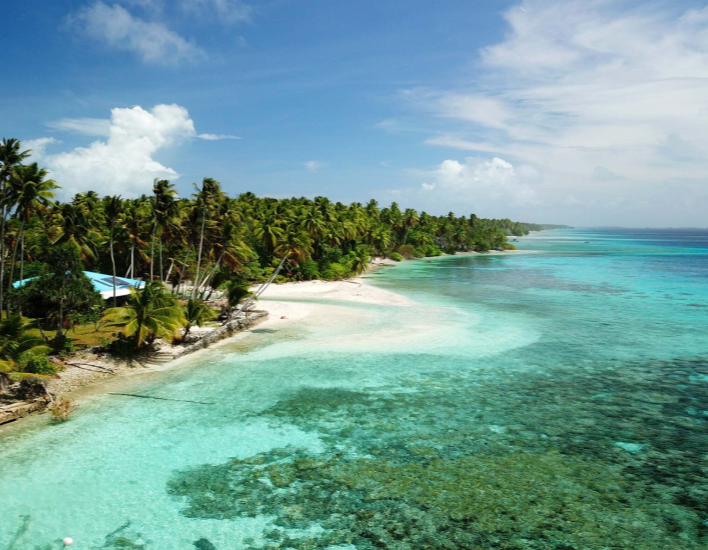
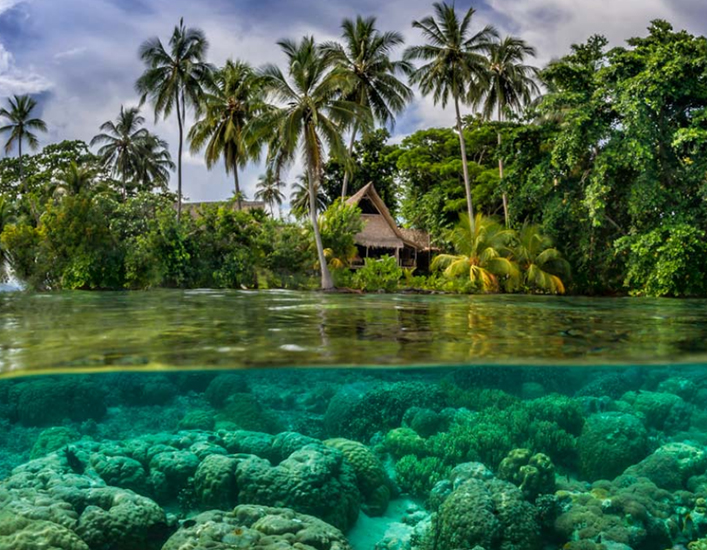
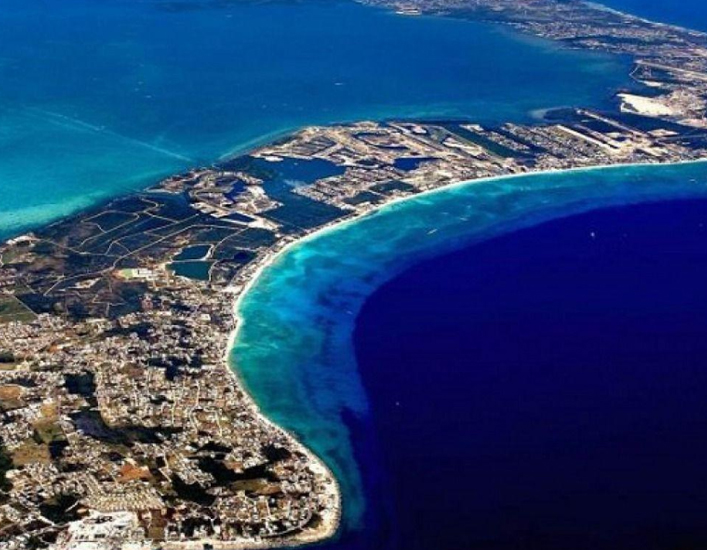
Marshall Islands

The Republic of the Marshall Islands (RMI), located in the central Pacific Ocean, is an island nation comprised of 29 coral atolls and five single islands. Known for its stunning turquoise lagoons, palm-fringed beaches, and vibrant marine biodiversity, the Marshall Islands is a haven for divers, snorkelers, and nature enthusiasts. Despite its small size and remote location, the RMI holds a significant geopolitical position, serving as a crucial hub for regional security and diplomacy. The Marshallese people have a rich cultural heritage, deeply intertwined with their seafaring traditions and nuclear testing history. Fishing, agriculture, and financial assistance from the United States are vital to the country’s economy. While facing challenges like climate change and sustainable development, the RMI remains resilient, embracing its cultural heritage while striving for a sustainable future
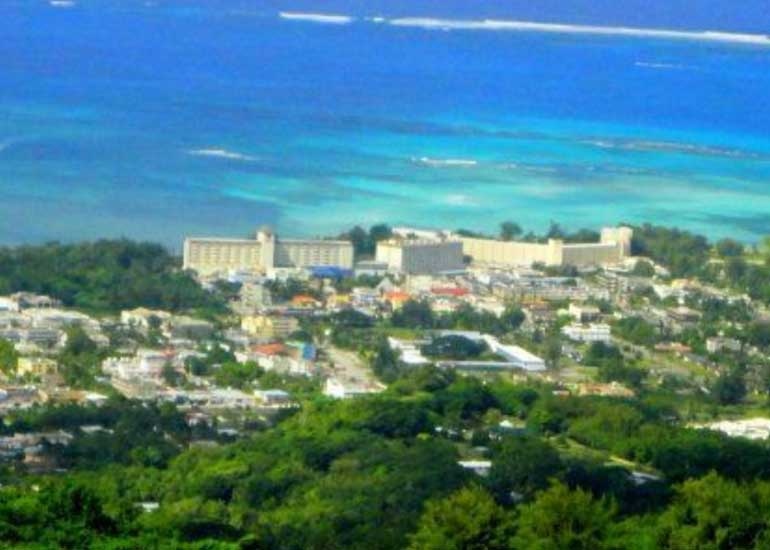
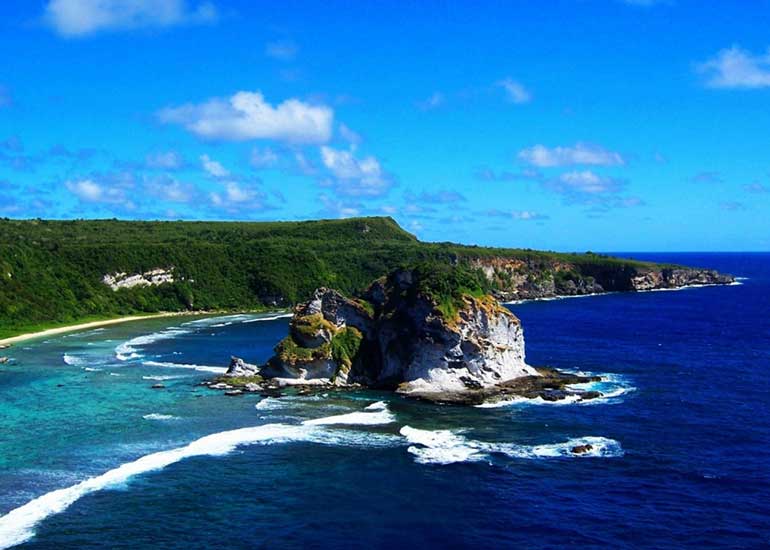
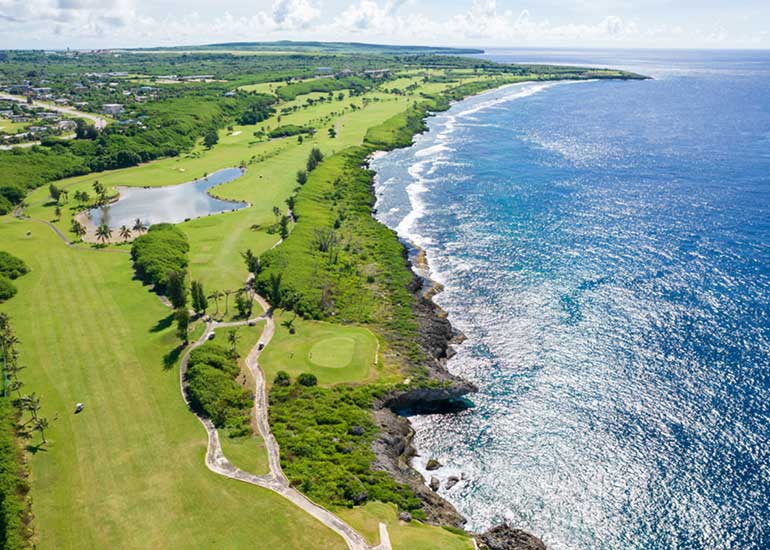
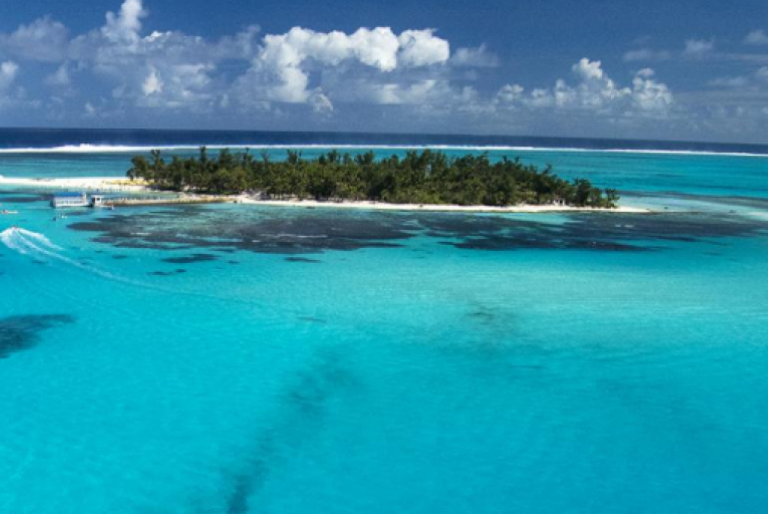
Commonwealth of Northern Mariana Islands

The Northern Mariana Islands (NMI), a U.S. Commonwealth in the western Pacific Ocean, comprises 14 lush islands, with Saipan,Tinian, and Rota being the principal ones. This tropical paradise boasts stunning beaches, vibrant coral reefs, and diverse flora and fauna, attracting tourists and nature enthusiasts a like.
With a rich cultural heritage influenced by Chamorro and Carolinian traditions,the NMI offers a unique blend of indigenous customs and modern American influences. Tourism and agriculture are key contributors to the economy, along with financial assistance from the U.S.government. Despite occasional challenges such as typhoons and economic fluctuations, the resilient people of the NMI continue tothrive, preserving their cultural identity while embracing opportunities for growth and development.
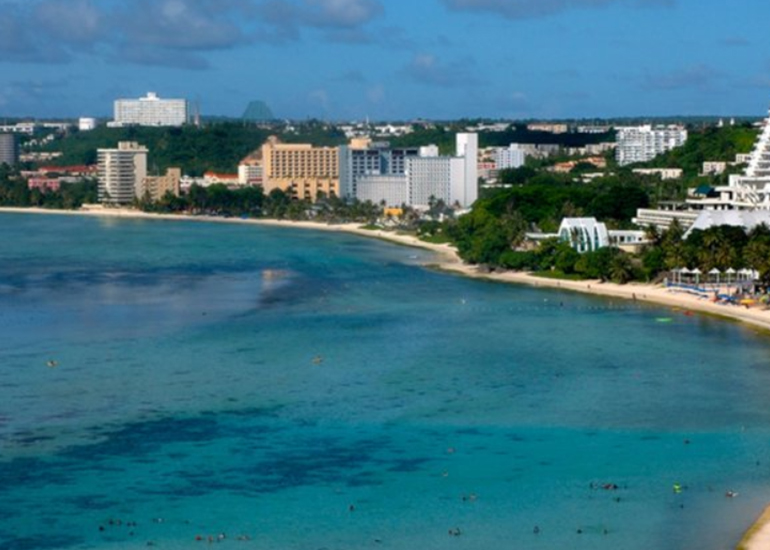
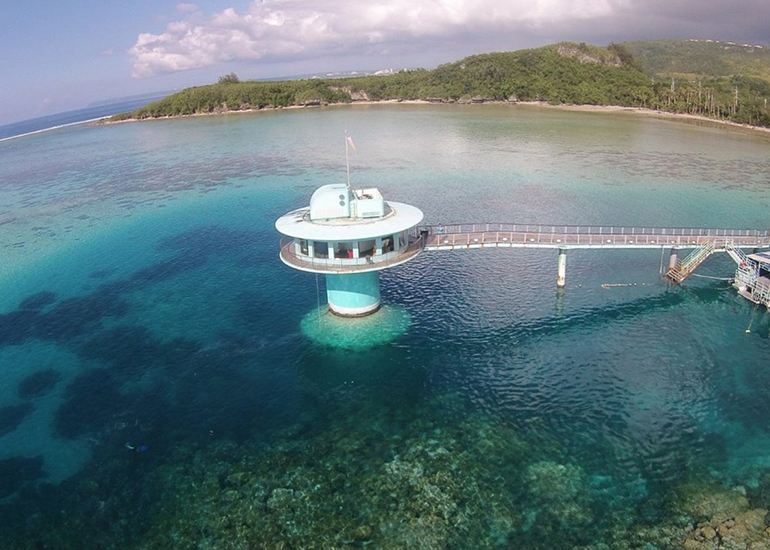
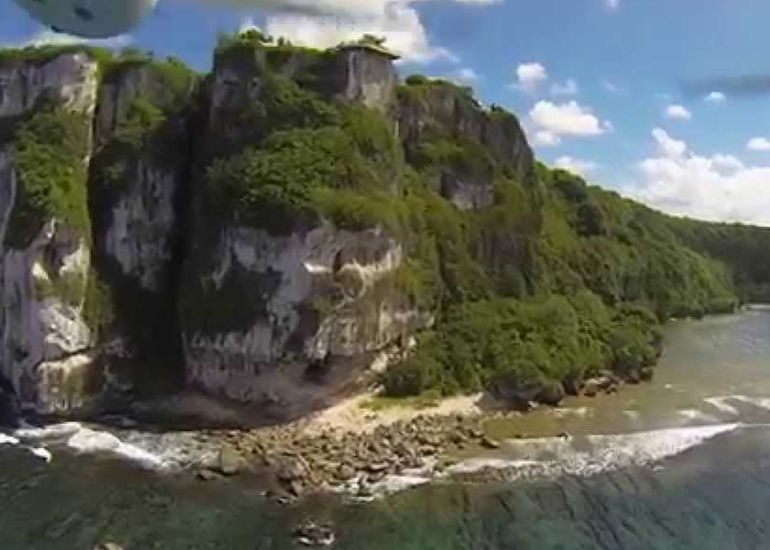
Guam

The Republic of the Marshall Islands (RMI), located in the central Pacific Ocean, is an island nation comprised of 29 coral atolls and five single islands. Known for its stunning turquoise lagoons, palm-fringed beaches, and vibrant marine biodiversity, the Marshall Islands is a haven for divers, snorkelers, and nature enthusiasts. Despite its small size and remote location, the RMI holds a significant geopolitical position, serving as a crucial hub for regional security and diplomacy. The Marshallese people have a rich cultural heritage, deeply intertwined with their seafaring traditions and nuclear testing history. Fishing, agriculture, and financial assistance from the United States are vital to the country’s economy. While facing challenges like climate change and sustainable development, the RMI remains resilient, embracing its cultural heritage while striving for a sustainable future
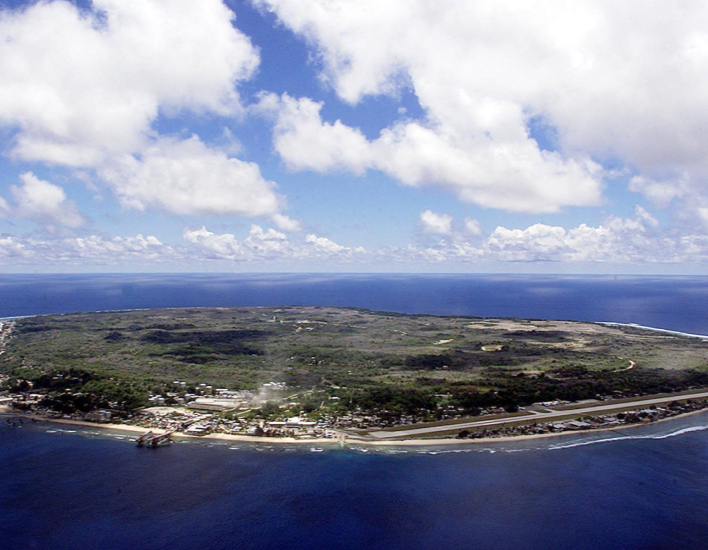
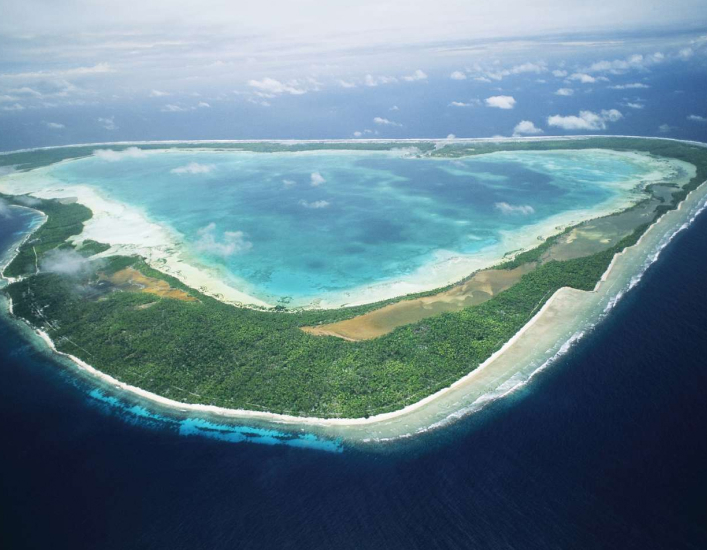
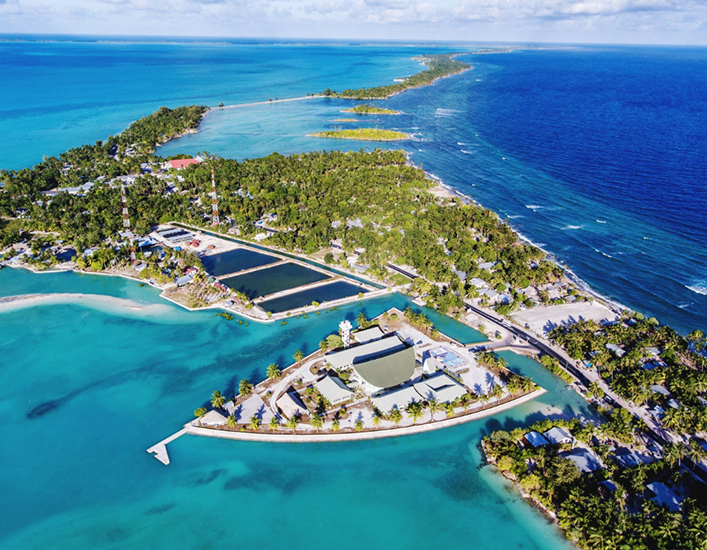
Kiribati

Kiribati, an island nation in the central Pacific Ocean, is composed of 33 atollsand reef islands dispersed over a vast area. Its stunning coral atolls, crystalclear waters, and rich marine life make it a paradise for ecotourism anddiving enthusiasts. The country faces unique challenges due to its low-lyinggeography, making it particularly vulnerable to the impacts of climatechange, including rising sea levels and extreme weather events. With astrong emphasis on preserving its cultural heritage, Kiribati’s peoplemaintain traditional practices and ceremonies, deeply rooted in theirMicronesian ancestry.
Fishing and copra production are vital to the economy, while financial aid from international partners helps support infrastructure development and adaptation efforts. Despite these challenges, Kiribatiremains resilient, striving to protect its natural and cultural treasures forfuture generations.
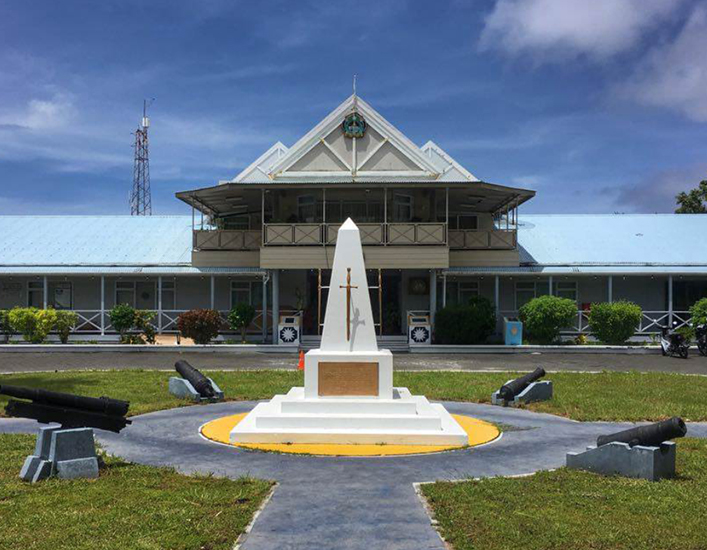
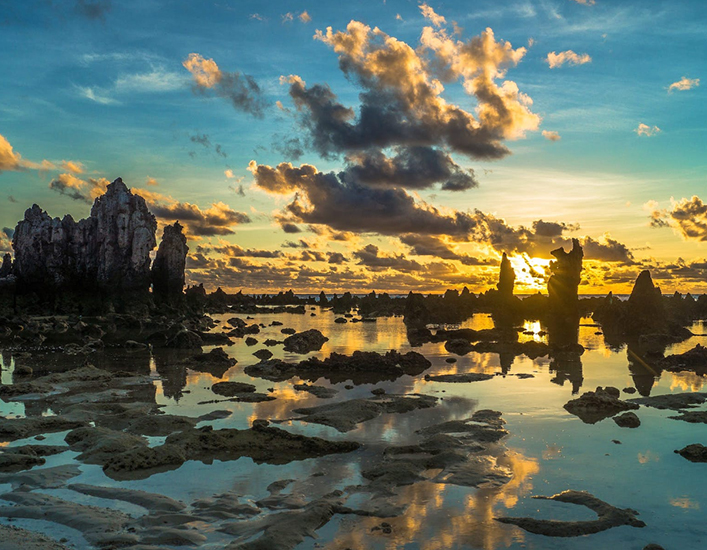
Nauru


